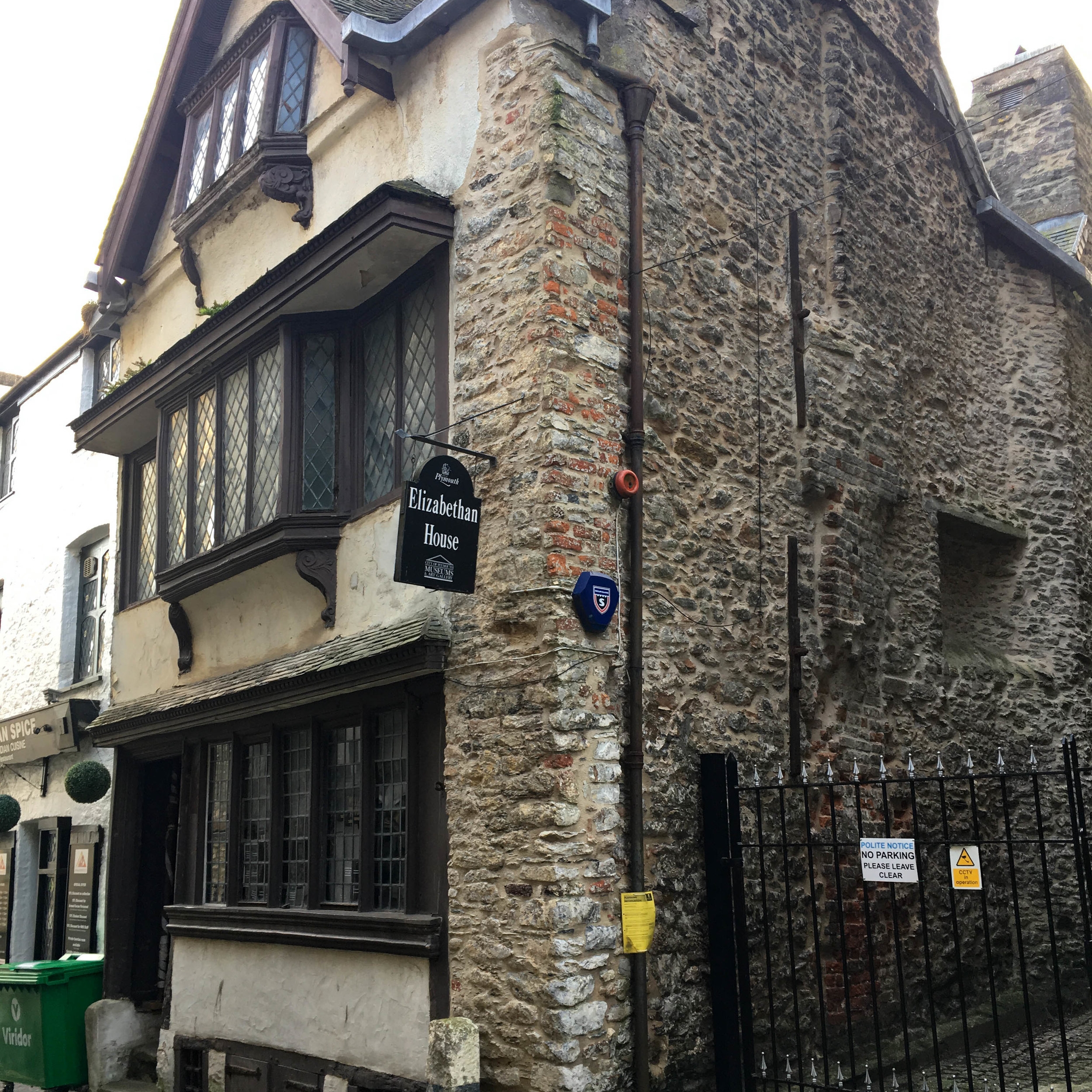Works to remove the 19th Century Wood Veneer Floor from the Drawing Room at Bere Court and replace it with a periodically sensitively designed new oak floor was unanimously approved by planning committee Councillors on Wednesday evening. The works were called to committee owing to previous resident’s claims that the floor was a very early 18th Century parquet floor.
The removal of the floor is required to remove extensive areas of asbestos that were identified in an asbestos survey report carried out in 2017. Our investigations with Japser Weldon, May 2018 confirmed that the floor was a wood veneer floor adhered to a timber substrate and the floor joists below the floor were 19th Century. Our thorough investigations and sensitive proposals were supported by Historic England and West Berkshire Council’s conservation officer.
The consent will enable a major phase of asbestos removal planned later in February. The asbestos removal will make Bere Court safe for our client, their children and grandchildren to live in for many years to come.









